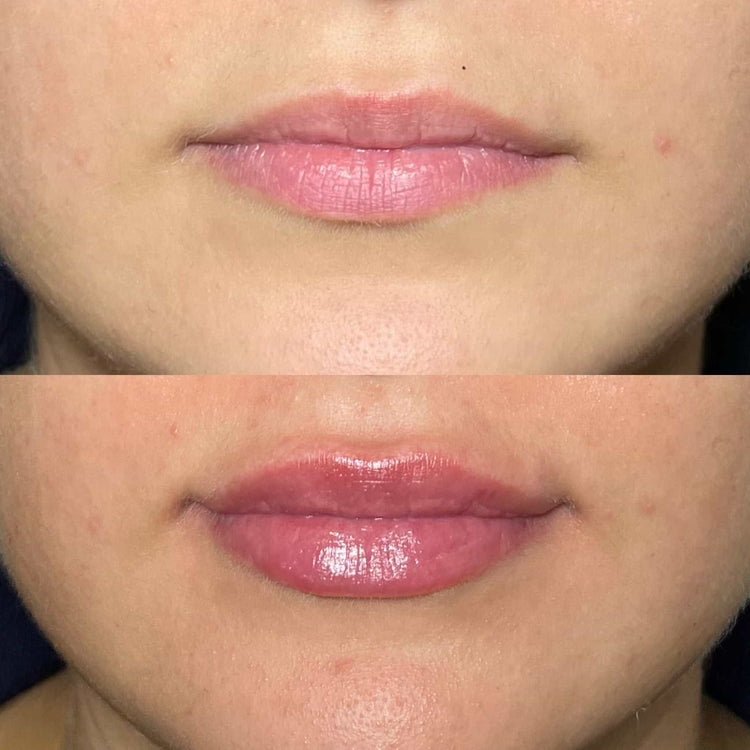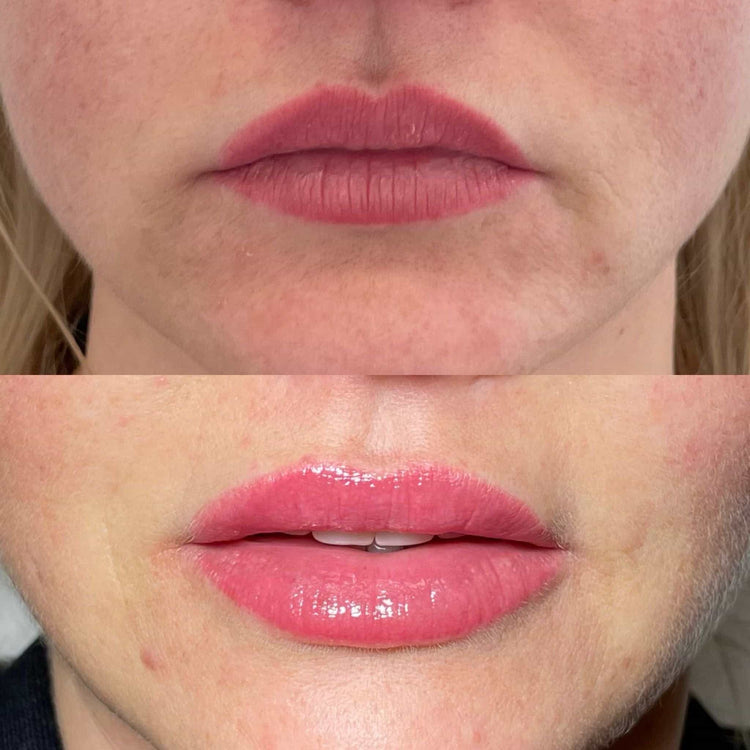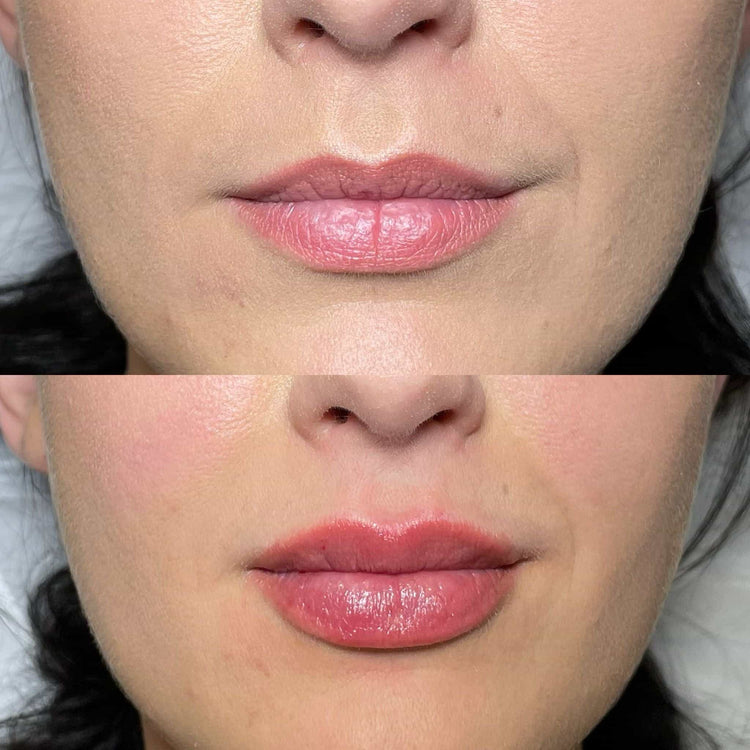Swelling Timeline
Lip injections are a popular procedure for enhancing lip volume and shape. Understanding how long swelling lasts after these injections is crucial for managing expectations and ensuring proper healing. This guide will provide insights into the typical timeframe for swelling to subside following lip injections in the UK, offering valuable information to individuals considering this treatment.
Immediately After Injection

Immediately after lip injections, you’ll likely experience some swelling around the injection site. This is a normal reaction and should peak within the first 24-48 hours.

The majority of swelling typically subsides within the first few days, with most individuals noticing a significant reduction by day 3 to 5.
While some mild swelling might persist for up to a week or two, it will gradually diminish over time.
First Few Hours to Day 1
Immediately after lip injections, you’ll likely experience some swelling around the injection site. This is a normal reaction and should peak within the first 24-48 hours.
The majority of swelling typically subsides within the first few days, with most individuals noticing a significant reduction by day 3 to 5.
While some mild swelling might persist for up to a week or two, it will gradually diminish over time.
Day 2-7
Between day 2 and day 7 following lip injections, you can expect the swelling to gradually reduce. The peak swelling usually occurs within the first 48 hours after the procedure.
By day 3 to day 5, most individuals will see a considerable decrease in swelling.
Although some mild puffiness might linger for up to two weeks, it will steadily diminish during this period.
Week 2 Onwards
Between day 2 and day 7 following lip injections, you can expect the swelling to gradually reduce. The peak swelling usually occurs within the first 48 hours after the procedure.
By day 3 to day 5, most individuals will see a considerable decrease in swelling.
Although some mild puffiness might linger for up to two weeks, it will steadily diminish during this period.
Factors Influencing Swelling Duration
The duration of swelling after lip injections can vary from person to person, but generally follows a predictable pattern.

Type of Filler Used
The duration of swelling after lip injections can be influenced by several factors. The type of filler used plays a significant role. Hyaluronic acid fillers tend to cause less pronounced and shorter-lasting swelling compared to permanent fillers.
Other factors that can affect swelling duration include the amount of filler injected, individual patient response, and any pre-existing medical conditions.
For example, individuals with a history of allergies or inflammatory conditions may experience more prolonged swelling.
Following post-procedure instructions carefully, such as avoiding strenuous activity and applying ice packs, can also help minimize and manage swelling.
Injection Technique
The duration of swelling after lip injections can vary from person to person, but generally follows a predictable pattern.
The duration of swelling after lip injections can be influenced by several factors.
- The type of filler used plays a significant role.
- The amount of filler injected
- individual patient response
- any pre-existing medical conditions
For example, individuals with a history of allergies or inflammatory conditions may experience more prolonged swelling. Following post-procedure instructions carefully, such as avoiding strenuous activity and applying ice packs, can also help minimize and manage swelling.
Individual Body Response
The duration of swelling after lip injections can vary from person to person, but generally follows a predictable pattern.
Several factors can influence swelling duration. The type of filler used plays a significant role; hyaluronic acid fillers tend to cause less pronounced and shorter-lasting swelling compared to permanent fillers.
Other influential factors include the amount of filler injected, individual patient response, and pre-existing medical conditions. For instance, individuals with allergies or inflammatory conditions may experience prolonged swelling.
Adhering to post-procedure instructions carefully, such as avoiding strenuous activity and applying ice packs, can help minimize and manage swelling.
Pre-Existing Conditions
The duration of swelling after lip injections can vary from person to person, but generally follows a predictable pattern.
Several factors can influence swelling duration. The type of filler used plays a significant role; hyaluronic acid fillers tend to cause less pronounced and shorter-lasting swelling compared to permanent fillers.
Other influential factors include the amount of filler injected, individual patient response, and pre-existing medical conditions. For instance, individuals with allergies or inflammatory conditions may experience prolonged swelling.
Adhering to post-procedure instructions carefully, such as avoiding strenuous activity and applying ice packs, can help minimize and manage swelling.
Tips for Minimizing Swelling
Lip injections are a popular procedure for enhancing lip volume and shape. Understanding how long swelling lasts after these injections is crucial for managing expectations and ensuring proper healing.
Ice Packs
Applying ice packs to the affected area is one of the best ways to minimize swelling.
Ice constricts blood vessels, which can help reduce inflammation and swelling.
Apply a cold compress or ice pack wrapped in a towel for 15-20 minutes at a time, several times a day.
Arnica Gel or Cream
Applying ice packs to the affected area is one of the best ways to minimize swelling.
Ice constricts blood vessels, which can help reduce inflammation and swelling.
Apply a cold compress or ice pack wrapped in a towel for 15-20 minutes at a time, several times a day.
Arnica gel or cream is another option that may help reduce swelling. Arnica is a natural remedy that has been used traditionally to treat inflammation and bruising.
- Apply arnica gel or cream to the affected area several times a day.
Elevated Head Position
Applying ice packs to the affected area is one of the best ways to minimize swelling.
Ice constricts blood vessels, which can help reduce inflammation and swelling. Apply a cold compress or ice pack wrapped in a towel for 15-20 minutes at a time, several times a day.
Arnica gel or cream is another option that may help reduce swelling.
Arnica is a natural remedy that has been used traditionally to treat inflammation and bruising.
Elevating your head while you sleep can also help minimize swelling.
This helps drain excess fluids away from the injection site.
You can elevate your head by using an extra pillow or two while sleeping.
Avoid Alcohol and Smoking
Avoid alcohol and smoking, as they can increase inflammation and delay the healing process.
Both substances can interfere with blood flow and make it harder for your body to recover.
It’s best to avoid them for at least a few days after your lip injections.
Follow Post-Treatment Instructions
Applying ice packs to the affected area is one of the best ways to minimize swelling.
Ice constricts blood vessels, which can help reduce inflammation and swelling.
Apply a cold compress or ice pack wrapped in a towel for 15-20 minutes at a time, several times a day.
Arnica gel or cream is another option that may help reduce swelling. Arnica is a natural remedy that has been used traditionally to treat inflammation and bruising.
- Apply arnica gel or cream to the affected area several times a day.
Applying ice packs to the affected area is one of the best ways to minimize swelling.
Ice constricts blood vessels, which can help reduce inflammation and swelling. Apply a cold compress or ice pack wrapped in a towel for 15-20 minutes at a time, several times a day.
Arnica gel or cream is another option that may help reduce swelling.
Arnica is a natural remedy that has been used traditionally to treat inflammation and bruising.
Elevating your head while you sleep can also help minimize swelling.
This helps drain excess fluids away from the injection site.
You can elevate your head by using an extra pillow or two while sleeping.
Avoid alcohol and smoking, as they can increase inflammation and delay the healing process.
Both substances can interfere with blood flow and make it harder for your body to recover.
It’s best to avoid them for at least a few days after your lip injections.
When to Seek Medical Attention
Understanding when to seek medical attention after lip injections is important. If you experience any unusual or concerning symptoms, such as severe pain, persistent swelling that worsens over time, signs of infection (redness, warmth, pus), or bruising that spreads beyond the injection site, it’s crucial to consult a healthcare professional promptly.
Excessive or Unsettling Swelling
Understanding when to seek medical attention after lip injections is important. If you experience any unusual or concerning symptoms, such as severe pain, persistent swelling that worsens over time, signs of infection (redness, warmth, pus), or bruising that spreads beyond the injection site, it’s crucial to consult a healthcare professional promptly.
Excessive or unsettling swelling after lip injections can indicate complications.
While some swelling is normal, persistent or worsening swelling could signify an adverse reaction or infection.
It’s essential to monitor your body’s response and seek medical advice if you notice any alarming changes.
Prompt attention can help manage the situation effectively.
Signs of Infection
Understanding when to seek medical attention after lip injections is important. If you experience any unusual or concerning symptoms, such as severe pain, persistent swelling that worsens over time, signs of infection (redness, warmth, pus), or bruising that spreads beyond the injection site, it’s crucial to consult a healthcare professional promptly.
Excessive or unsettling swelling after lip injections can indicate complications.
While some swelling is normal, persistent or worsening swelling could signify an adverse reaction or infection.
It’s essential to monitor your body’s response and seek medical advice if you notice any alarming changes.
Prompt attention can help manage the situation effectively.
When to Seek Medical Attention
Swelling is a normal part of the healing process after lip injections, but it should gradually subside within a few days. If you experience any of the following symptoms, it’s important to contact your doctor or seek medical attention:
* **Severe pain:** Pain that is intense or does not improve with over-the-counter pain medication.
* **Persistent swelling:** Swelling that does not decrease after several days or worsens over time.
* **Signs of infection:** Redness, warmth, pus, or a fever.
* **Bruising that spreads:** Bruising that extends beyond the injection site.
* **Allergic reaction:** Hives, itching, swelling of the face or throat, difficulty breathing, or dizziness.
Understanding when to seek medical attention after lip injections is crucial for ensuring a safe and positive experience.
Learn more about lip filler options available at It’s Me & You Clinic with Dr. Laura Geige
- Profhilo Treatment Near Compton, Surrey - November 4, 2025
- Polynucleotides Injectables Near Shepperton, Surrey - November 2, 2025
- Polynucleotides Injectables Near Dunsfold, Surrey - October 31, 2025
